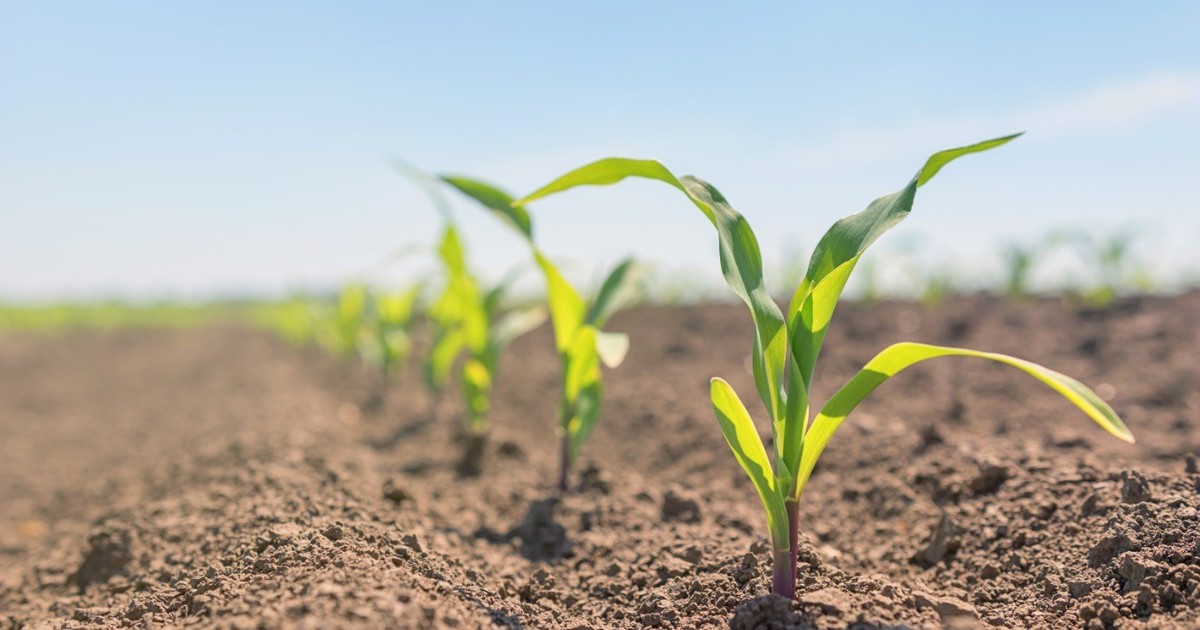According to the Strategic Agro Guide (GEA) from the Rosario Stock Exchange, corn is gaining momentum in the core region and seems poised to compete for a top spot in the largest campaigns of the last two decades. After a year marked by the leafhopper, the cereal kicks off the 2025/26 campaign with a projected 10% increase in planted area, enhanced sanitary conditions, and optimal water reserves. The initial planting intention survey conducted by GEA forecasts a jump from 1.64 to 1.8 million hectares in the core region, potentially marking this campaign as the third largest in terms of planted area in the last 18 years.
The 2023/24 campaign seemed promising with “El Niño” rains, but fell significantly short due to the leafhopper’s impact, an endemic pest from the north that spread to the central regions of the country. The average yield in the core region plummeted to 81 qq/ha, far below the 98 qq/ha average, leading to an 18% loss in the country’s corn harvest. This health setback resulted in a significant decline in the following campaign (2024/25), with 2 million fewer hectares planted nationwide, including a loss of 300,000 ha in the core region.
However, the outlook shifts for the 2025/26 campaign. The fear of the leafhopper has diminished. Agronomists from the central-southern region of Santa Fe highlight the availability of effective biological products today and the rigorous early monitoring being conducted. Additionally, the winter of 2024 played a favorable role, being one of the coldest in the last two decades, which reduced pest pressure without hampering crop development. Consultant Alfredo Elorriaga, analyzing data from the 36 GEA/BCR network stations, confirmed that the past winter was even colder than in 2018, with four cold waves that helped curb the leafhopper’s spread in the central and northern regions.
Looking ahead to the winter of 2025, Elorriaga notes that “there are no signs of a winter deviating too much from normal seasonal values,” alleviating concerns of a new strong outbreak. Nevertheless, experts emphasize the importance of not neglecting volunteer corn plants in fallow fields, which can serve as reservoirs for the insect vector. Improved moisture reserves will also allow a renewed focus on early plantings, especially in areas facing challenges in sowing wheat, like northern Buenos Aires. Many fields unable to be allocated for winter cereals would transition directly to corn or soybeans.
With this outlook, the core region could achieve a production close to 15 million tons, placing corn back in the spotlight. As highlighted by GEA: “The 2025/26 corn campaign is off to a strong start with a new engine and is already positioned third on the grid.”

